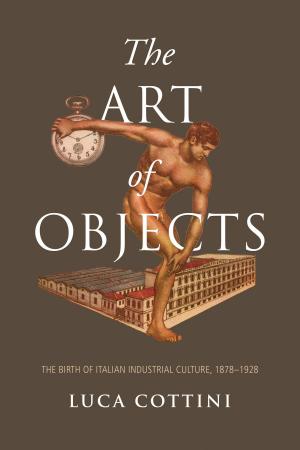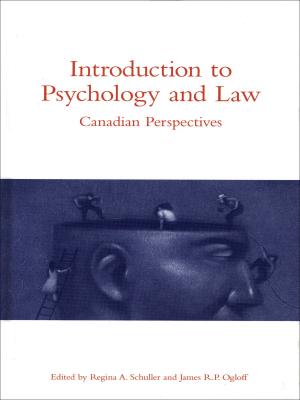Science in Canada
Selections from the Speeches of E.W.R. Steacie
Nonfiction, History, Americas, North America, Canada, Biography & Memoir| Author: | ISBN: | 9781487596415 | |
| Publisher: | University of Toronto Press, Scholarly Publishing Division | Publication: | December 15, 1965 |
| Imprint: | Language: | English |
| Author: | |
| ISBN: | 9781487596415 |
| Publisher: | University of Toronto Press, Scholarly Publishing Division |
| Publication: | December 15, 1965 |
| Imprint: | |
| Language: | English |
The relationship between science and government, currently the subject of much lively debate, was one to which E.W.R. Steacie devoted a great deal of his energy and outstanding talents. As President of the National Research Council, a key position which he held for ten years, Dr. Steacie played an important role through the inspiration and direction that he gave to science in Canada. He was an outspoken critic of any attempt to formulate a broad general plan for science, and of any intrusion of administrative considerations into scientific establishments. At the time of his death in 1962 Dr. Steacie was the accepted leader of Canadian Science, as J.D. Babbitt says in the Introduction to this book. He goes on to say that this was a distinction he had attained 'not alone because of his official position as President of the National Research Council but also because of his outstanding research accomplishments, his sure feel for scientific values, and his strong personality. In Dr. Steacie official position and personal ability were happily matched; it seemed almost that the wide responsibilities of the National Research Council had been designed with such a man in view.'
E.W.R. Steacie joined the National Research Council of Canada in 1939 as Director of the Division of Chemistry, became Vice-President (Scientific) in 1950 and, in 1952, President of the Council. He served as President for ten years, and during that time delivered more than 90 speeches and addresses. Using extracts from these speeches, Dr. Babbitt has skillfully brought together the remarks of Dr. Steacie on the development of science in Canada and has given an orderly presentation of his views on the organization of scientific activities. The topics covered include Science and the University, Science and the Humanities, Science and the National Academy, Science and Society, Government Science, Industrial Science, and International Science.
Dr. Steacie's pungent, almost aphoristic style, and the directness of his statements will make this book an exciting and important one not only for scientists who are vitally concerned with the questions he considers, but also for that section of the general public who has for too long heard only the opinions of non-scientists--strongly felt, but often ill informed--on the relationship of science and society.
The relationship between science and government, currently the subject of much lively debate, was one to which E.W.R. Steacie devoted a great deal of his energy and outstanding talents. As President of the National Research Council, a key position which he held for ten years, Dr. Steacie played an important role through the inspiration and direction that he gave to science in Canada. He was an outspoken critic of any attempt to formulate a broad general plan for science, and of any intrusion of administrative considerations into scientific establishments. At the time of his death in 1962 Dr. Steacie was the accepted leader of Canadian Science, as J.D. Babbitt says in the Introduction to this book. He goes on to say that this was a distinction he had attained 'not alone because of his official position as President of the National Research Council but also because of his outstanding research accomplishments, his sure feel for scientific values, and his strong personality. In Dr. Steacie official position and personal ability were happily matched; it seemed almost that the wide responsibilities of the National Research Council had been designed with such a man in view.'
E.W.R. Steacie joined the National Research Council of Canada in 1939 as Director of the Division of Chemistry, became Vice-President (Scientific) in 1950 and, in 1952, President of the Council. He served as President for ten years, and during that time delivered more than 90 speeches and addresses. Using extracts from these speeches, Dr. Babbitt has skillfully brought together the remarks of Dr. Steacie on the development of science in Canada and has given an orderly presentation of his views on the organization of scientific activities. The topics covered include Science and the University, Science and the Humanities, Science and the National Academy, Science and Society, Government Science, Industrial Science, and International Science.
Dr. Steacie's pungent, almost aphoristic style, and the directness of his statements will make this book an exciting and important one not only for scientists who are vitally concerned with the questions he considers, but also for that section of the general public who has for too long heard only the opinions of non-scientists--strongly felt, but often ill informed--on the relationship of science and society.















